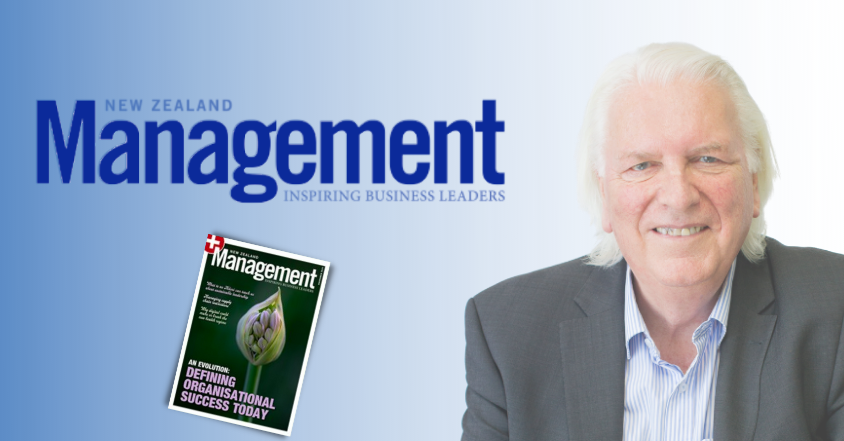
In December's edition of Management Magazine, Annie Gray looks at what elements define success?
What makes one organisation more successful than another and how has the way the business world views success changed?
She asked four business leaders, including Shaun McCarthy Chair of Human Synergistics ANZ their definitions of success in our pandemic-dominated world and what expectations this is placing on today’s leaders. Link to the full article below.
Shaun McCarthy, the chair of Human Synergistics Australia and New Zealand, explains that success takes many forms.
“It can be long-term; it can be short-term. It can be global; it can be local. It can be financial; it can be human. It can be in the marketplace; it can be within the organisation itself. It can be quality; it can be safety. It can be customer service. It can be risk management. It can be the organisation’s culture.” Actually, he says, today it’s all of these and more.
McCarthy says that Human Synergistics International is celebrating its 50th anniversary and back when it started, success was largely viewed in financial terms. “ROE, ROI, NPAT, EBITDA ruled the lexicon. CEOs of commercial companies were charged with profitability, revenue growth and capital expenditure control. CEOs of non-commercial organisations were held responsible for expenditure control and process efficiency.”
He says that over time reliable metrics were developed to measure product/service quality, customer satisfaction and loyalty, employee safety, risk management, and organisational culture. These were added to the CEOs list of accountabilities.
And in recent years legislation has placed even more emphasis on some of these, he says, pointing to employee safety, and that the threat of being fined and even imprisoned for incidents, has made this top of mind for CEOs and board members.
Recent reports in the media of workplace bullying and harassment also highlight the importance of these ‘non-financial’ responsibilities. McCarthy says that overall the most important criteria, and it is the umbrella under which all the others sit, is external adaptability. “The ability to respond effectively to changes in the organisation’s external environment. We’ve always had change. But today’s environment is particularly volatile.”
He says that technology has driven the pace of change. Disruption, be it from disrupting market competitors or disruptive events like Covid, has become the norm. “So, to me the number one criteria is the ability to read the context, build a resilient organisation and adapt."
Further he adds “For me personally, success has been building a business that has stood the test of time. Forty three years in New Zealand and 31 years in Australia. This has meant having outstanding people, building effective client relationships and helping make a positive impact in this world of ours.”
Read Full Article here
_________
Reference:
Gray, Annie “An Evolution: What Organisational Success Looks Like Today”, Management Magazine NZ, Dec 9 2021, https://management.co.nz/article/evolution-what-organisational-success-looks-today